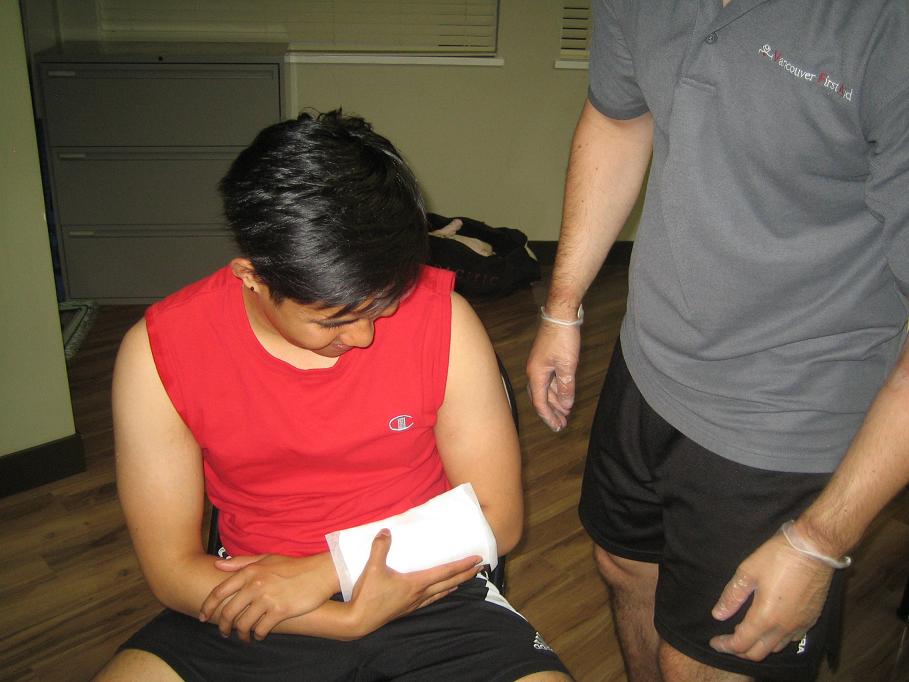Scratches are described as shallow wounds on the skin surface. Even though scratches are normally mild wounds that will not trigger lasting impairment to the skin, there are issues that can develop. On the other hand, if the scratches become infected, the healing process is prolonged and there is the risk for scarring. It is vital to keep the scratches dry, clean and free from bacteria to ensure that they are only short-lived marks on the skin.
Measures to promote healing of scratches
- The first step is to clean scratches using soap and water. Since the scratches exposes the skin to infection, it is vital to maintain cleanliness even if they are not deep or serious.
If the scratches become infected, the healing process is prolonged and there is the risk for scarring. - Dab on a thin coating of an antibiotic ointment over the surface of the scratch. Take note that this provides a transitory barrier between the scratch and germs or dirt while eliminating any bacteria that can trigger infection as well as slow down the healing process.
- Protect or cover the scratches using a bandage only if they are located in an area that is prone to friction or dirt. Scratches tend to heal well if exposed to open air unless the clothing constantly rubs at the area and peels away the new skin that heals over the scratch.
- The individual should keep his/her hands away from the scratch as it heals. As scratches heals over, a scab forms to protect the open skin beneath. Picking on or peeling the scab can be tempting for some, but it will only slow down the healing process and result to scarring if the skin cells are not allowed to generate and heal. If the scabs are picked on, there is a risk for transferring bacteria from the hands to the open wound, thus increasing the risk for infection.
- Monitor scratches for any indications of infection. The time frame it requires for the scratch to heal usually depends on the depth and severity of the damage, but if the scratch starts to drain, turns red or inflamed, feels warm or painful, consult a healthcare professional. The scratch is probably infected and requires antibiotics to eliminate the infection before it worsens.
Proper care for scratches ensures that it fully heals as well as minimize the risk for infection and evident scarring.


